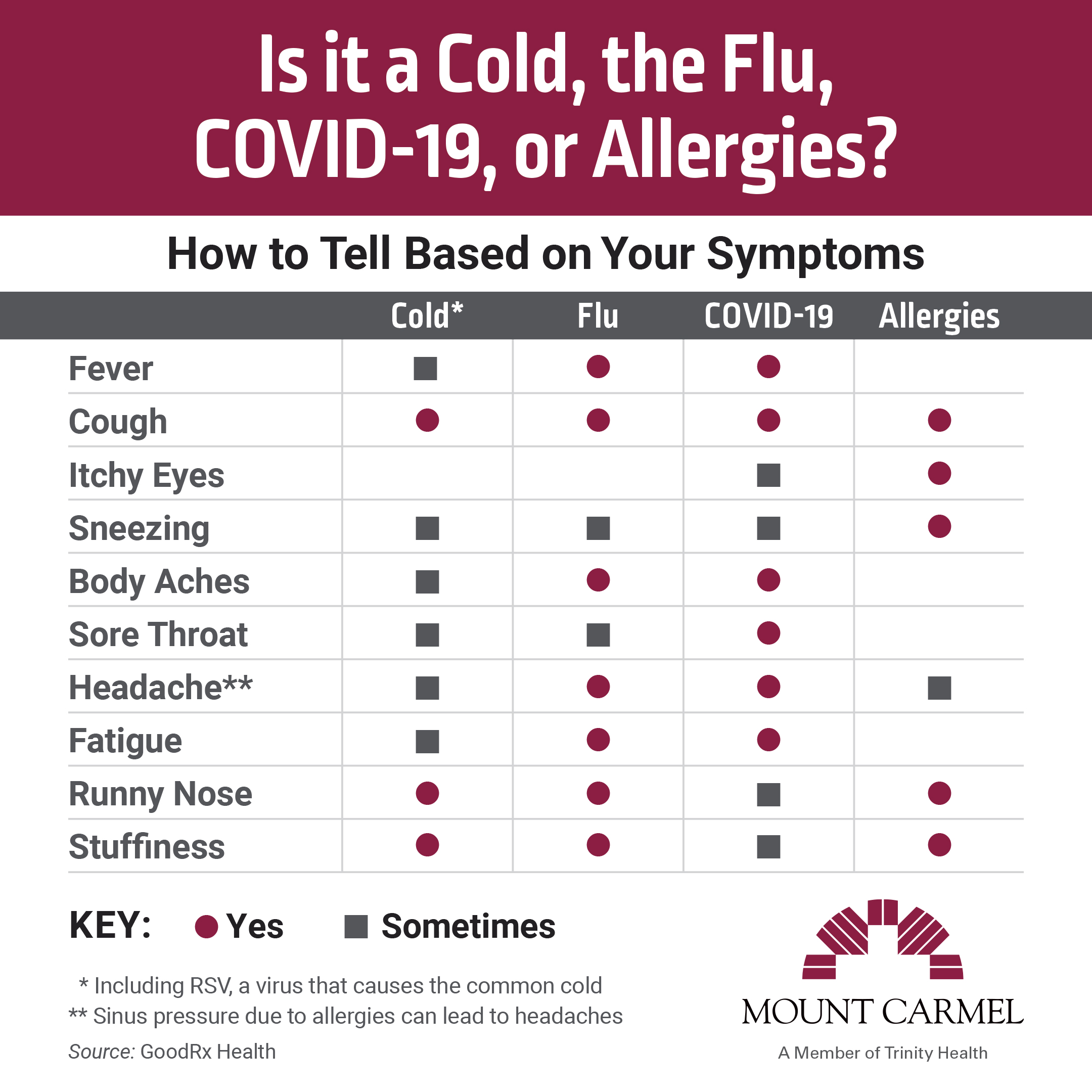Breathe Easy: How to Identify Allergy Triggers and Find Relief
April 18, 2023Categories: Blog Posts
Breathe Easy: How to Identify Allergy Triggers and Find Relief
It's that time of year again when the sun is shining, and the flowers are in full bloom. While many people welcome this season with open arms, for others, it means the start of allergy season. Allergies can be frustrating and disruptive, making it difficult to enjoy the outdoors and daily activities. If you're one of the millions of people who suffer from allergies, you've come to the right place. In this blog, we'll explore the common triggers of allergies, and more importantly, we'll provide you with relief options to help you manage your symptoms and get back to enjoying the beautiful weather!
Know the Triggers
Knowing your allergy triggers is a crucial first step for allergy relief because it allows you to avoid or reduce exposure to the substances that trigger an allergic reaction in the first place. Many allergens are harmless substances that your immune system mistakenly perceives as harmful, resulting in an allergic reaction. The following are common allergy triggers:
- Pollen: Pollen is a white, powdery substance produced for reproduction by trees, grasses, weeds, and flowering plants. It is one of the most common seasonal allergy triggers. Wind, birds, and insects can transport pollen from plant to plant. Pollen activity is highest in the spring and summer.
- Dander: Pet dander is made up of tiny flakes of skin from animals such as cats, dogs, birds, and rodents. When these allergens are released into the air and inhaled, they can cause a range of allergic reactions. Pet dander can also be carried on clothing, furniture, and carpets, making it difficult to avoid exposure.
- Dust: Dust can trigger allergies because it contains various particles, such as pollen, animal dander, mold spores, and dust mite feces. When these particles are inhaled, they can irritate the respiratory system and cause symptoms such as sneezing, coughing, and a runny nose.
- Mold: Mold is a type of fungus that can cause allergic reactions due to the spores it releases to reproduce. Molds grow on rotting logs, fallen leaves, compost piles, and grasses. Mold can also be found in your home and grows in damp areas such as kitchens, bathrooms, and basements.
It's worth noting that some breeds of pets are less likely to trigger allergies than others. For example, some breeds of dogs and cats are known to produce less dander than others, and some birds and reptiles do not produce dander at all. If you have allergies but still want a pet, it's a good idea to do some research on hypoallergenic breeds and consult with an allergist to discuss your options.
Now that you know the common triggers, let’s get into a few steps you can take to relieve allergy symptoms if you find yourself struggling.
Allergy Relief Tips
- Try Over-The-Counter Medications: Over-the-counter antihistamines, decongestants, and nasal sprays can help relieve allergy symptoms. However, always consult your doctor or pharmacist before taking any medication.
- Keep Your Home Clean: Regularly cleaning your home can help reduce the number of allergens present. Vacuum carpets and upholstery, dust surfaces, and wash bedding regularly.
- Use Air Purifiers: Air purifiers can help remove allergens from the air, making it easier to breathe. Consider using a HEPA filter air purifier in your home or office.
- Use a Saline Rinse: Rinsing your nasal passages with a saline solution can help flush out allergens and reduce inflammation. You can use a neti pot or a saline nasal spray for this purpose.
- Stay Hydrated: Drinking plenty of water can help thin out mucus and reduce congestion.
- Consider allergy shots: Allergy shots, also known as immunotherapy, can help desensitize your immune system to allergens over time. Talk to your doctor to see if this is an appropriate option for you.
- Use a Cold Compress: Using a cold compress can help relieve allergy symptoms in the following ways:
- Reducing Inflammation: Applying a cold compress can help reduce inflammation and swelling around the eyes, nose, or throat, which can be a common symptom of allergies.
- Soothing Itching and Irritation: Cold temperature can help numb the area and relieve itching, redness, and irritation caused by allergens.
- Relieving Congestion: Cold compresses can help alleviate congestion by constricting blood vessels and reducing the swelling of the nasal passages.
- Easing Sinus Pressure: Allergy attacks can often cause sinus pressure, leading to headaches or facial pain. A cold compress can help alleviate the pressure and provide relief.
- Calming Allergic Reactions: Applying a cold compress to the affected area can help calm the allergic reaction by decreasing blood flow to the area, reducing the release of histamines, and blocking nerve impulses that trigger itching and other allergy symptoms.
Note: It's important to use a clean towel or ice pack wrapped in a cloth to avoid skin damage or frostbite. Apply the compress for a few minutes at a time and take breaks in between to prevent overcooling the skin.
In conclusion, allergies can be a nuisance, but they don't have to control your life. Identifying your triggers and taking steps to avoid them, along with using the appropriate relief options, can help you manage your symptoms. As you’ve read in this blog, there are many options available to help you find relief from allergy symptoms. Don't let allergies get in the way of enjoying the things you love. With the right knowledge and tools, you can minimize your symptoms and breathe easy!
Understanding your symptoms
As the seasons change and viruses continue to spread, it's important to be able to distinguish between different types of illnesses. With symptoms that can often overlap, it can be difficult to know whether you're experiencing allergies, a cold, the flu, or COVID-19. Allergies can cause similar symptoms to other illnesses, such as a runny nose, cough, and fatigue, but they are caused by a different mechanism in the body. Understanding the differences between these illnesses can help you seek the appropriate treatment and prevent the spread of contagious illnesses. The chart below breaks down common symptoms and help you understand the illness that may be associated with them.

If your symptoms are severe or don't improve with medication and lifestyle changes, it may be time to see a doctor. They can perform tests to identify the specific allergens causing your symptoms and recommend treatment options.
Schedule a visit with a Provider!
